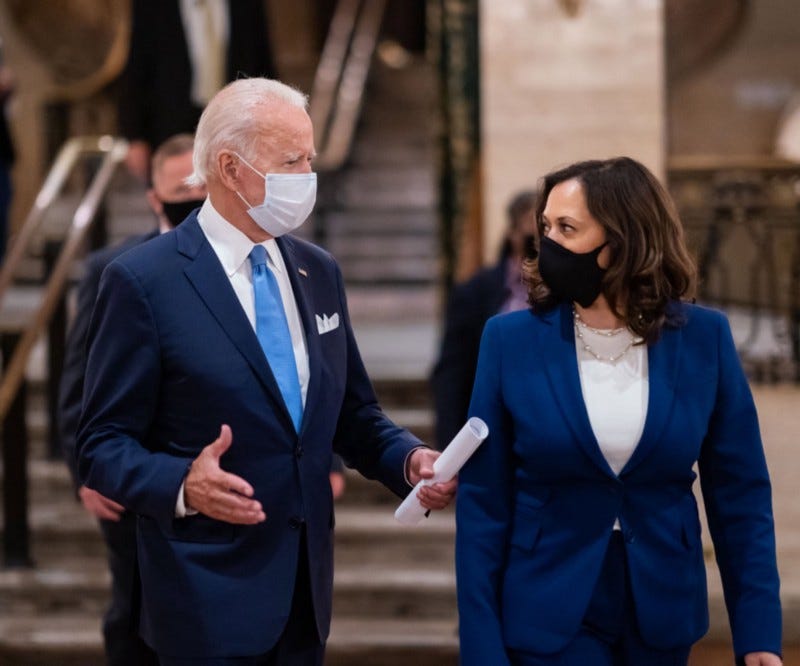Biden plays climate catch-up in first week. What’s next?
Not even a week into his presidency, and Joe Biden is carving out a legacy for himself.
Not even a week into his presidency, and Joe Biden is carving out a legacy for himself.
Biden signed 17 executive orders on his first day, wielding executive power quicker than any president before him. But as stated in his inaugural address last week, “Few periods in our nation’s history have been more challenging or difficult than the one we’re in now.”
The incoming administration faces an out-of-control pandemic, a tanking economy, and a global climate crisis — problems which were largely ignored by former President Donald Trump. That backdrop, along with the expanded power of the modern presidency and a public exhausted by Trump, has allowed Biden to justify his aggressive agenda. And the Planet stands to gain from it.

Already, Biden has rejoined the Paris Agreement and canceled the Keystone XL pipeline. One sweeping executive order alone will likely reverse vehicle emissions standards, update methane standards for the fossil fuel industry, restore national monuments, and ban oil and gas leases on federal lands.
Most of these orders should stick, as long as Biden maintains his positive public opinion (standing at 64% approval rating since the November election). And much of his climate plan is popular, too: According to a recent survey, two-third of Americans want the country to aggressively combat climate change.
Even huge lobbying groups, like the U.S. Chamber of Commerce and the American Petroleum Institute, seem ready to accept increasing regulation, eliminating yet another obstacle to Biden’s agenda.
To embark on the most aggressive climate agenda of any U.S. president, Biden must ride this momentum. And to take the next step, he’ll need to capitalize on a Democrat-controlled Congress—he even admitted as much on Wednesday.
“They are just executive actions,” Biden said before signing the first batch of executive orders. “They are important but we’re going to need legislation for a lot of the things we’re going to do.”
Don’t get your hopes up for a Green New Deal, though. Sweeping climate bills just don’t get passed in today’s America (thanks, filibuster). Many of the goals of the Green New Deal, however, can still be advanced through executive orders, smart leadership, and hard-hitting climate provisions in stimulus bills, as Grist lays out.
And though many of us are excited by Biden’s moves, it’s also important to contextualize them. In America, these moves are huge for a country that has never seen a major climate bill passed (and still has a major party who denies or ignores climate science). But compared to other industrialized nations, the U.S. is simply getting back to the table — it’s certainly not trailblazing.
Biden also has to contend with a predecessor who issued 11th-hour rules making it harder to enact climate action. Many of the orders on Wednesday were simply reversing rules that shouldn’t have been there in the first place.
Still, you have to start somewhere.
Biden’s first days of office will obviously be overshadowed by the accomplishments, failures, and perhaps most importantly, reactions, of his next four years in office. But the tone he’s set shows that he intends to fulfill his campaign promises sooner rather than later. And after four years of Trump, it’s a welcomed relief.



